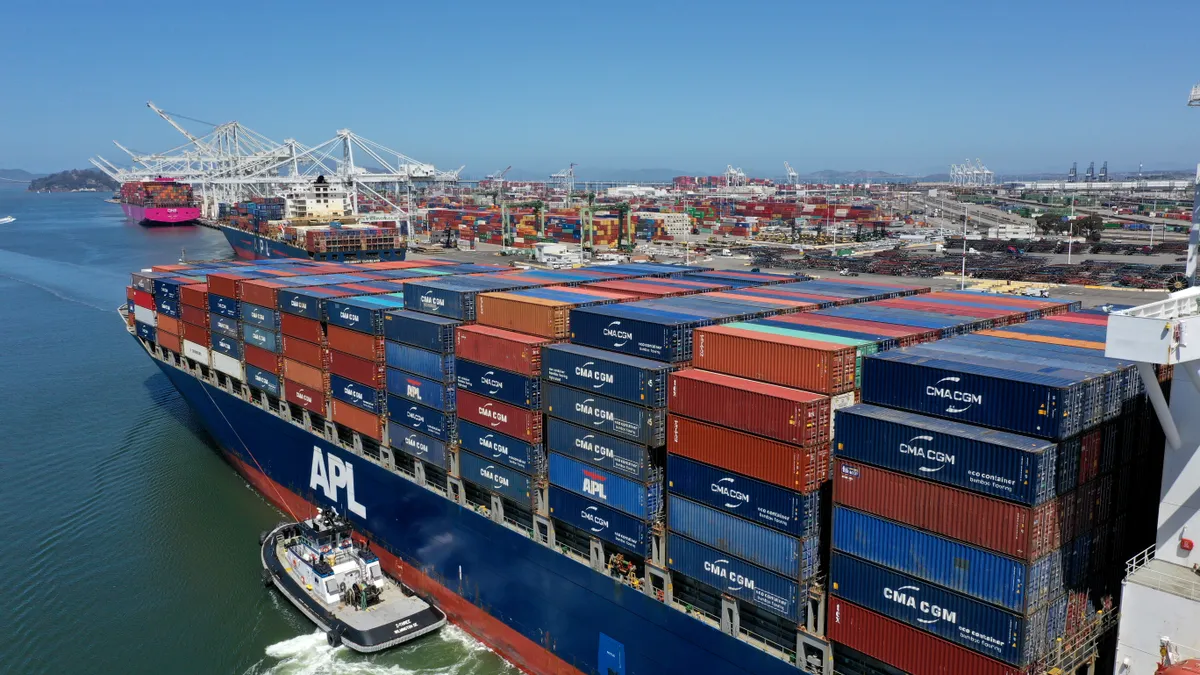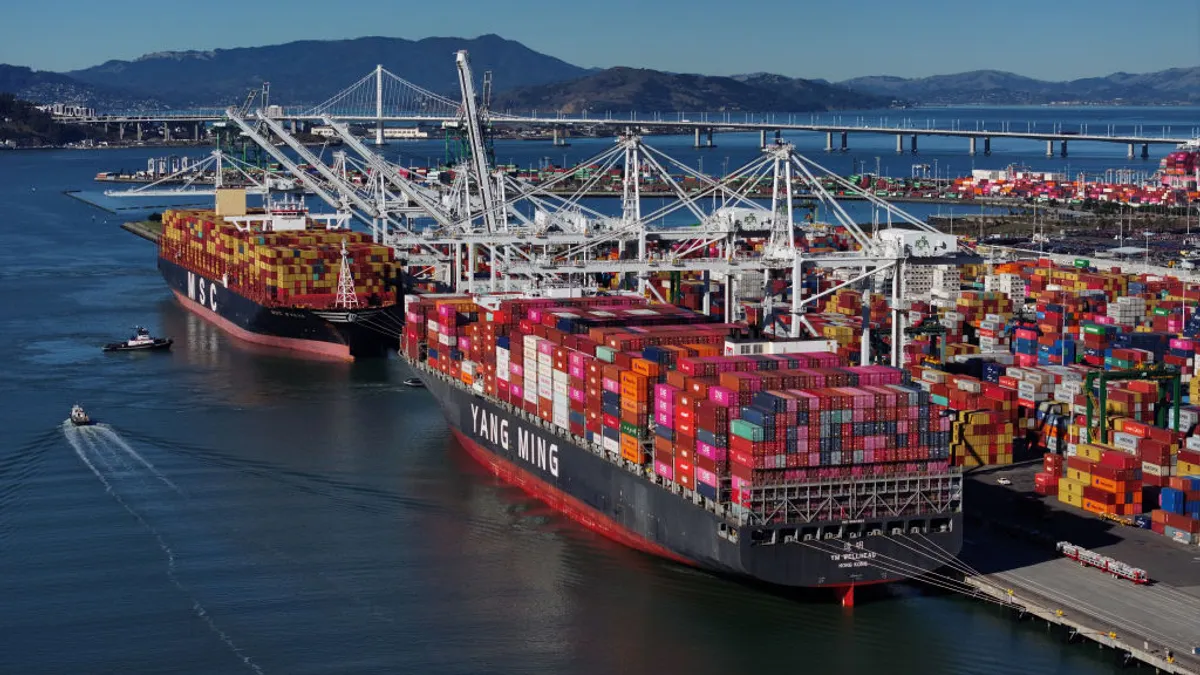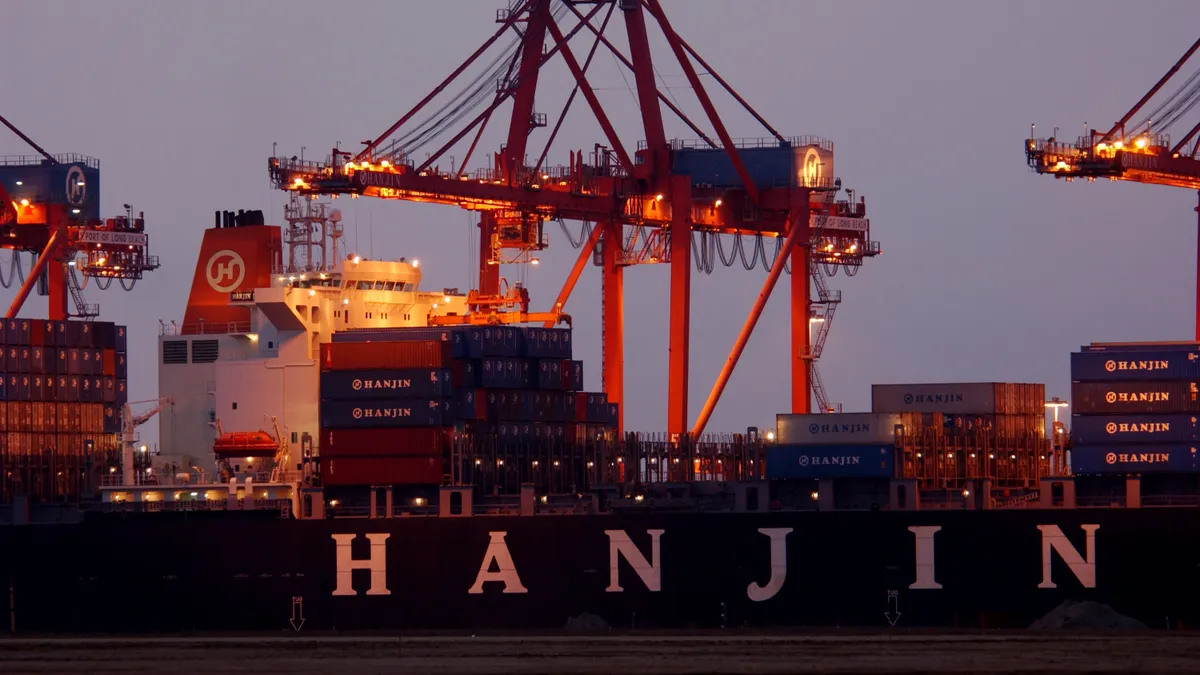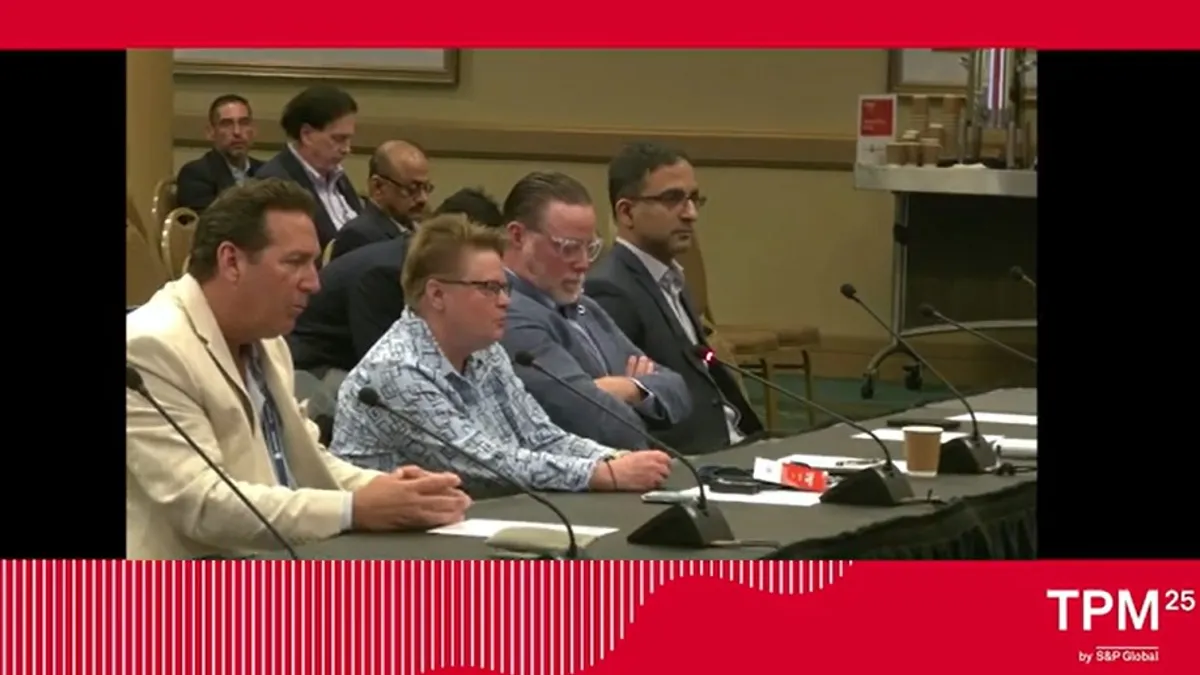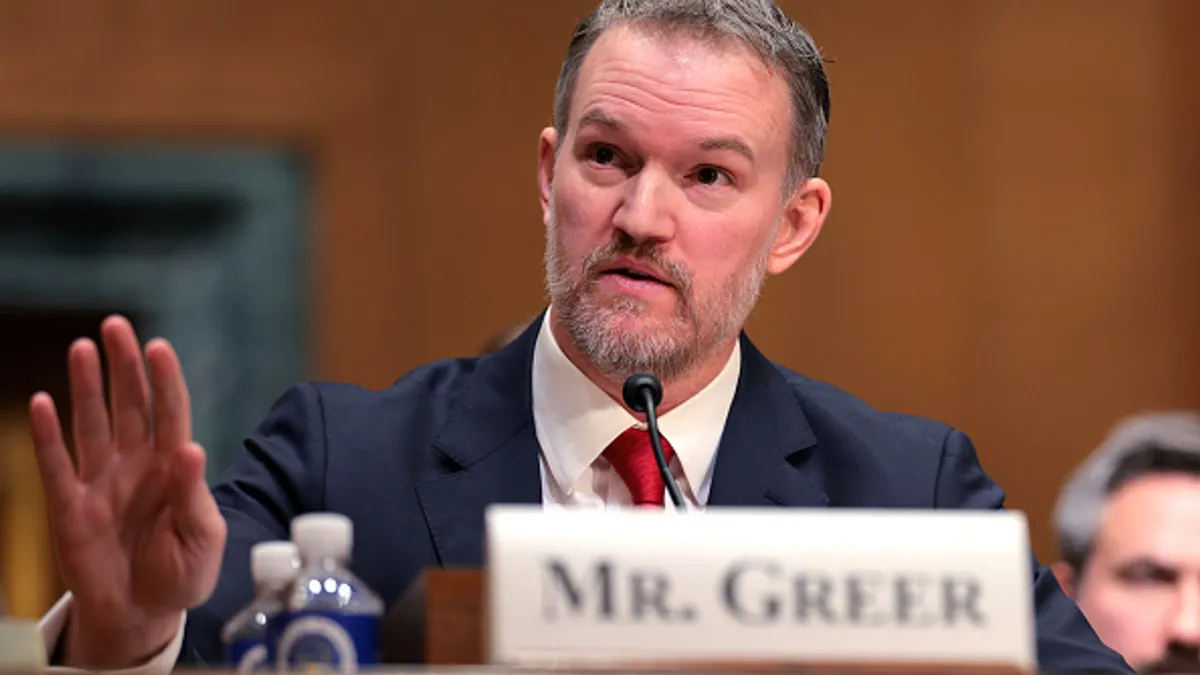Extreme times call for extreme measures, Descartes Systems Group CEO Edward Ryan said in his assessment of the global supply chain on a recent earnings call. With shipping capacity limited and demand high, shippers are securing what space they can find, and holding on to it as long as feasible.
In some cases, that means leasing an entire ship.
"We've seen shippers like Home Depot buy their own ships just to get that capacity and we've seen other companies doing the same in air," Ryan said on the logistics technology provider's Q2 call. "Ikea is buying its own shipping containers and chartering ships to help with their shipments."
The Home Depot and Ikea are among the retailers looking to exercise greater control over their supply chains and get their products into the U.S. on time for the holidays by chartering their own ships. This is not a typical move in the retail playbook, but high freight rates, limited capacity and delayed shipments are creating "the perfect storm" for these companies, said Ricardo Ungo, director of Old Dominion University's Maritime, Ports, and Logistics Institute.
"Even if they're paying more, they're still not getting the goods on time," Ungo said. "It makes sense to try to take control of the delivery, and that's why the big companies are taking steps to charter those vessels."
As demand rises, charter rates surge
Available ships aren't easy to find, however. Global Ship Lease Executive Chairman George Youroukos said in a statement that the charter market has reached new heights due to the limited supply of ships.
"Looking forward, we are very encouraged to see a highly constrained supply of containerships through at least 2023/2024," Youroukos said.
Available capacity is also being booked for longer. For Navios Maritime Partners, the average time a company held onto a charter ship surged from 4.3 months in July 2020 to 30.7 months in June 2021, according to its Q2 earnings presentation. And as supply has become tight, there has been a spike in charter rates over the past year: the Harper Petersen Charter Rates Index has more than quadrupled YoY.
Container ship charter rates spike over past year
But charters are still being pursued because the alternative is worse, said Sea-Intelligence CEO and founder Alan Murphy.
"If a big brand name has 2,500 boxes sitting in Shanghai that are worth half a million dollars a piece, and it's still there when it's Christmas, it's worth zero," Murphy said. "That's the problem. That's why they're willing to spend this amount of money."
Retailers pay up to secure space
Walmart has secured more Q3 and Q4 freight capacity with its move to charter ships, executives said on the company's earnings call in August. And Home Depot is contracting a container ship for the first time in its history to keep imports flowing into the U.S., President and COO Ted Decker told CNBC in June.
Dollar Tree expects to add more charters this year and already has one ship contracted for a three-year term, said President and CEO Mike Witynski on the company's Q2 earnings call. But dedicated charters aren't immune to challenges presented by the COVID-19 pandemic.
"To give you a real-life example of the kinds of challenges we're seeing, one of our dedicated charters was recently denied entry into China, because a crew member tested positive for COVID, forcing the vessel to return to Indonesia to change the entire crew before continuing," Witynski said. "Overall, the voyage was delayed by 2 months."
"If a big brand name has 2,500 boxes sitting in Shanghai that are worth half a million dollars a piece, and it's still there when it's Christmas, it's worth zero."

Alan Murphy
Sea-Intelligence CEO and founder
Even if a retailer has the financial strength to charter their own ship, it's a complicated move that needs to be evaluated holistically, according to Murphy. Before a company makes the investment, it needs to consider where its freight is.
"Do you have 2,500 40-foot containers sitting in Shanghai, and they just need to go to Long Beach, like one stop here and one stop there? Or do you have 2,500 containers spread over the coast of China? Because those are two very different challenges," he said.
The entity chartering also needs to consider if the ship will set sail back to Asia. (Murphy asked, "What are you going to do with all the boxes that you dropped off?") The ship may have to stay on the West Coast for a few weeks before the containers are ready to be shipped back out.
"I'm not saying it's not possible," Murphy said. "This just got really, really complicated very, very fast."
Restocking means demand could persist
Brands are still jumping into the chartering fray because the cost of not having the goods arrive on time is higher than the costs and obstacles associated with chartering, Murphy said.
Freight forwarders are also chartering vessels to keep their customers' freight moving. Walmart and its ilk are making headlines, but freight forwarders are bigger players in the space than retailers are, said Brian Bourke, chief growth officer at SEKO Logistics. SEKO is securing capacity on chartered vessels via a charter broker, providing space for clients' containers that may have otherwise been left behind.
"It really is about solutions for customers that have a significant backlog and can't other otherwise find an option to get the freight into the US for Christmas," said Lisa Johnstone, SEKO's director of ocean product, adding that the congested and pricey airfreight environment is also boosting the popularity of ocean charters.
Even when the rush to stock up for peak season dies down, there will still be a need to restock next year as inventory levels remain low, Bourke said. That means continued demand for chartering ships.
"We're already having conversations with clients about restocking for next year," Bourke said. "That's how depleted a lot of the inventories are. It's really about keeping up and catching up, and the charter solution is more about catching up."
Editor's note: This story was first published in our Logistics Weekly newsletter. Sign up here.



